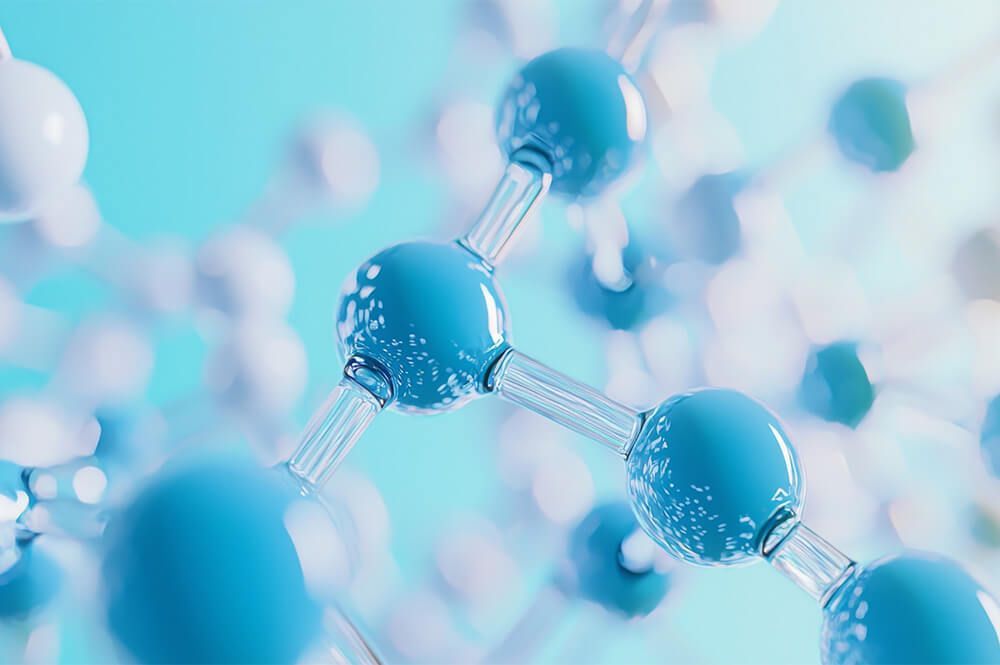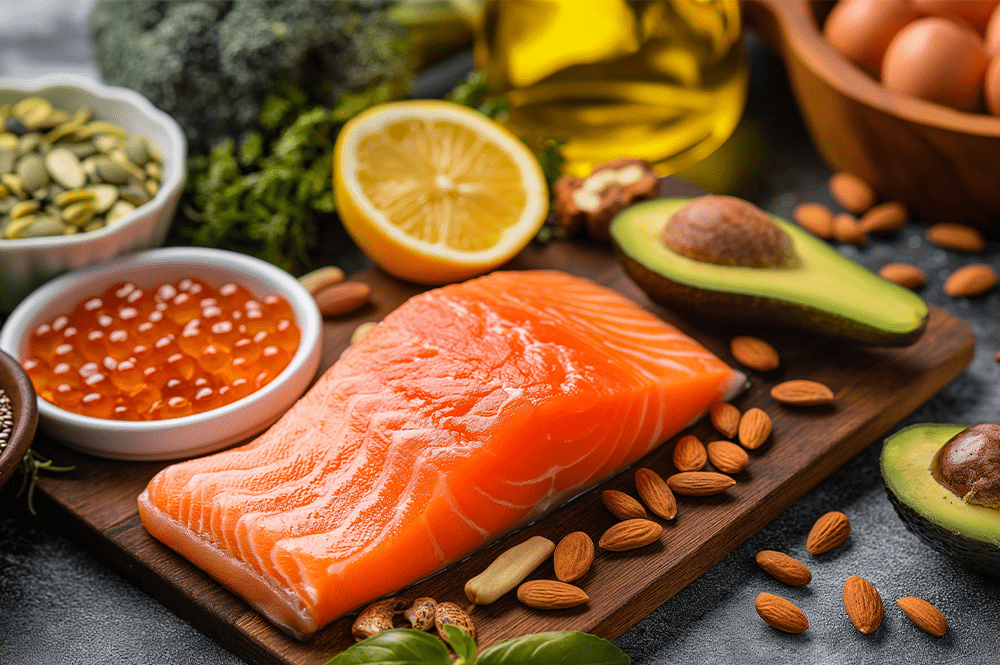Food for athletes
Amino acids: what they are and how they work in the human body

What are amino acids?
Amino acids are a broad category of organic molecules that form the primary structure of proteins. Linked together through a peptide bond, they create a long structure that constitutes a protein. During the digestive process, specifically in the stomach and duodenum, these bonds are broken down, allowing individual amino acids to reach the small intestine, where they are absorbed and used by the body. Amino acids play a crucial role in our body, supporting various vital functions.Amino acids: what are they for?
Amino acids and their main functions are essential for our body. Let’s see why:- Protein synthesis: This process carries out fundamental tasks, such as the "building" of proteins essential for metabolism. These proteins are responsible for tissue renewal, nutrient transport, and play a crucial role in the immune system;
- Enzyme production: Related to the previous point, as many enzymes are proteins. Some amino acids form enzymes, thus facilitating digestion and other biochemical reactions necessary for metabolism;
- Hormones: Hormones like insulin are proteins synthesized from amino acids. They play key roles in growth, metabolism, and reproduction;
- Immune system: The immune system relies on proteins, and therefore on the amino acids that compose them. Antibodies, essential for the body's defense, are a form of protein;
- Energy production: Amino acids can be used by the body as a source of energy through certain metabolic processes.
Differences between essential amino acids and branched-chain amino acids
There are various types of amino acids, and the most common are divided into essential and non-essential amino acids. Essential amino acids cannot be produced or synthesized by the body, so they must be obtained externally, through diet or supplements. Non-essential amino acids, on the other hand, are produced naturally by our body from other nutrients. Essential amino acids are important for the immune system, protein synthesis, and muscle repair and growth after physical activity (or during growth periods). Non-essential amino acids, however, are involved in energy metabolism and the production of other important molecules for health. Branched-chain amino acids (BCAAs) are part of the essential amino acids and are characterized by a branched chemical structure.Essential amino acids
There are nine essential amino acids in total, and they must be obtained through diet since our body cannot produce them. The essential amino acids are:- Phenylalanine
- Isoleucine
- Histidine
- Leucine
- Lysine
- Methionine
- Threonine
- Tryptophan
- Valine









